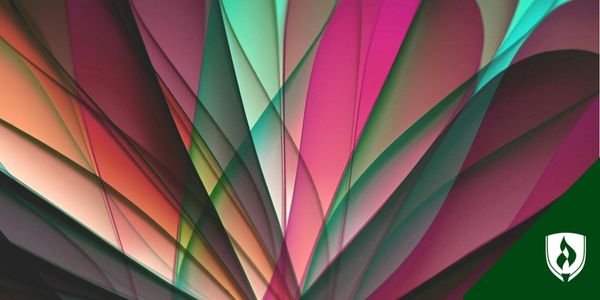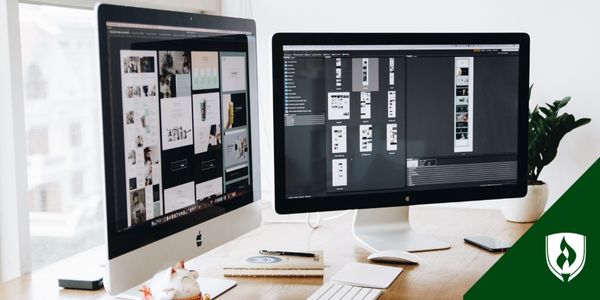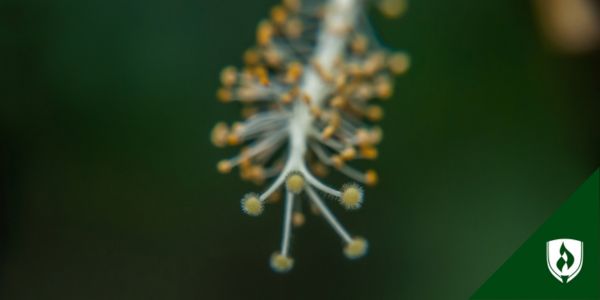
Do you mentally rearrange the colors of billboards and posters you pass by? Do you love it when text aligns perfectly on a webpage? Do you cringe when it doesn’t? There is a very special kind of designer who relishes in the ordering and perfecting of a design. Where others may call the process of rendering, formatting and editing monotonous, you thrive in the detail. You don’t just see a final product, you see the steps that will bring it to life—pivot this image, fade this background, increase this spacing.
If you’ve spent any time looking into creative careers, you’ve likely come across the job title of a production artist. It may seem like a pretty self-explanatory title—someone who produces art—but there’s a bit more to it than that. If you are the kind of person who isn’t afraid to get technical with design, exploring the production artist job description will be worth your while.
What is a production artist?
Put simply, production artists are the creative professionals responsible for carrying out the execution of a design concept. These essential members of a creative team are the “doers” who run with design vision and ensure all creative deliverables are produced on time.
Production artist vs. graphic designer
The line between these roles can be blurred at times. In some (typically smaller) organizations you’ll find graphic designers also completing the work that would be generally assigned to production artists—but this isn’t always the case.
Generally speaking, a production artist is less involved with the brainstorming and conceptualization of a design project than a graphic designer. They execute ideas but are not responsible for weighing in on whether this message speaks to a specific audience or how to create compelling imagery for a blog about accounting software. Production artists take the concept and make it work for the various formats it will be displayed on like banner ads, billboards, social media posts, brochures and so on.
Where do production artists work?
You can find production artists anywhere you find graphic designers and art directors: Design agencies, advertising firms, marketing departments and more. If there’s a creative team present, a production artist can be a helpful addition, as they can make sure the work actually happens and free up designers and directors to brainstorm the proper creative path.
One great thing about a creative career is that the work can be applied to nearly any field of interest. All companies need branding and design work completed—which means plenty of opportunities for production artists to work with new or interesting clients.
What are some common production artist job duties?
A production artist assists teams in the production of graphic material, packaging, display and advertising projects, and more. They may collaborate with graphic designers to format artwork, ensure print quality standards are met, and will often collect, process and organize files.
While an art director or graphic designer will oversee the entirety of a project and direct the theoretical and creative direction of a piece, the production artist is in the trenches making the design deliverables happen. They are also responsible for troubleshooting problems that may arise with a piece and coming up with creative solutions to make sure things happen the way they’re supposed to.
What skills do production artists need to be successful?
We analyzed 4,723 production artist job postings from this year to uncover what skills employers want most.* Technical skills included:1
- Adobe Creative Suite™
- Customer service
- Packaging
- Print production
- Typesetting
- Project management
- Quality assurance and control
- Printers
- Color editing
- Photo editing
With a keen eye for detail and the technical know-how to get the job done, production artists also work with a variety of design programs including Adobe InDesign®, Illustrator®, and Photoshop®. They must have strong layout skills, organizational abilities and excellent file-categorizing prowess to ensure artwork is production-ready and projects are completed on time.
Karen Ferry, a web designer and project manager at Lutron, shares her own experience. “Production artists should be accurate, fast, good listeners and patient, as they often complete the last step in a rushed process,” she explains. “They should have mad skills in Adobe Suite and solid design skills.”
In addition to technical ability, production artists can set themselves apart by developing transferable talent in creativity, communication, collaboration, multi-tasking and time management.
What is the job outlook for production artists?
Demand for strictly production artists can be difficult to gauge. The line between what constitutes being a graphic designer and that of a production artist often gets blurred, particularly in smaller creative teams where much of the production work still falls on a graphic designer. With that said, the Bureau of Labor Statistics (BLS) projects a 3 percent growth in employment from 2018–2028 for graphic designers.2
While the growth projection numbers are certainly below the national average, they only tell part of the story. Employment for graphic designers in newspapers, periodicals, books, and other publishers is projected to decline 22 percent; however, employment in computer systems design and related services is projected to grow 24 percent over the same period.2
The BLS describes it as a competitive market, so designers would be wise to brush up on some web development skills and pursue training in other in-demand areas.
How can you become a production artist?
Candidates for graphic design positions typically need at least a Bachelor’s degree, according to the BLS.2 A formal education can certainly help you get your foot in the door, but don’t underestimate the importance of a well-rounded design portfolio. While you’re working toward completing your degree, seek out production artist or graphic design internships that provide an opportunity to supplement your portfolio with professional work examples.
One of the best ways to make a breakthrough as an inexperienced designer is to rely on a personal network. You can build that network by joining professional organizations like the American Institute of Graphic Arts (AIGA), which often hosts events for design professionals to learn about industry trends and meet others in the field.
Ready to get started?
While it may be possible for a highly talented and ambitious person to land a job as a production artist without a degree, it’s certainly going to be a lot harder for that person to prove their worth and know-how without educational experience.
If you’ve got your heart set on a design career but still don’t know if college is the right way to get there, learn more about how a Graphic Design Degree can help in our article, “Is a Graphic Design Degree Worth It or Worthless?”
1Burning-Glass.com (analysis of 4,723 production artist job postings, Oct. 01, 2018 – Sep. 30, 2019).
2Bureau of Labor Statistics, U.S. Department of Labor, Occupational Outlook Handbook, [accessed October, 2019] www.bls.gov/ooh/. Information represents national, averaged data for the occupations listed and includes workers at all levels of education and experience. Employment conditions in your area may vary.
EDITOR’S NOTE: This article was originally published in 2017. It has since been updated to include information relevant to 2019.




